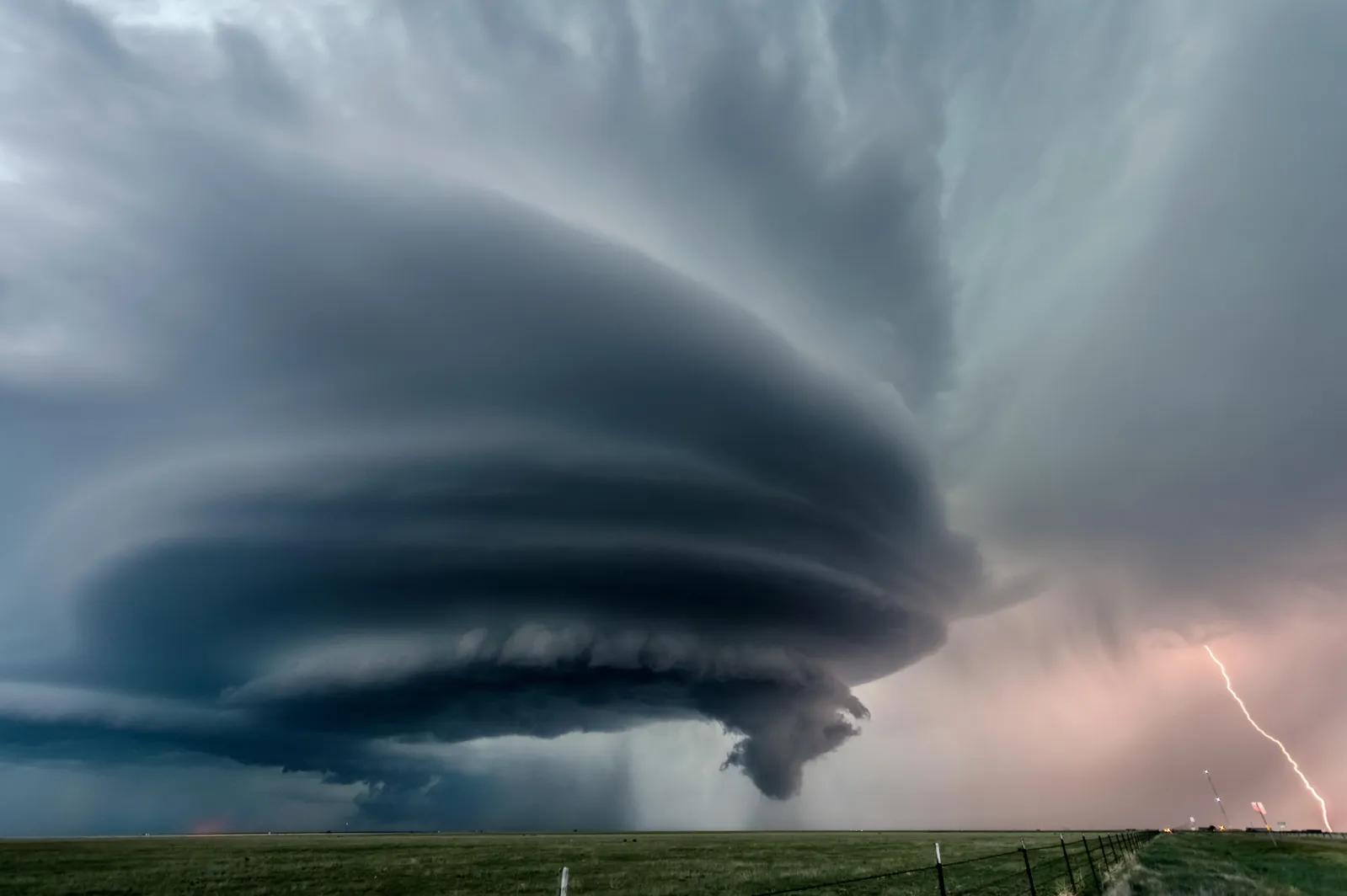

We have measured Forbush decreases before. Radiation from deep space that would normally pepper Earth's upper atmosphere is briefly wiped out. It happens when a CME from the sun sweeps past Earth and literally pushes cosmic rays away from our planet. This is called a "Forbush decrease," named after American physicist Scott Forbush who studied cosmic rays in the early 20th century. It happened during the strong geomagnetic storms of Nov. 2021): Our balloons have just measured a sudden drop in atmospheric radiation. Our monitoring program has been underway without interruption for 7 years, resulting in a unique dataset of in situ atmospheric measurements. These balloons are equipped with sensors that detect secondary cosmic rays, a form of radiation from space that can penetrate all the way down to Earth's surface. SPACE WEATHER BALLOON DATA: Almost once a week, and the students of Earth to Sky Calculus fly space weather balloons to the stratosphere over California. MAG is the visual magnitude of the asteroid on "Lunar Distance." 1 LD = 384,401 km, the distanceīetween Earth and the Moon. Īll sales support hands-on STEM education Offer valid from now until Mother's Day (May 8, 2022).
#Save cars fast as lightning progress to the cloud code
Mother's Day Special: Use coupon code "SPACEMOM" at checkout for a 10% discount. The interior of the card tells the story of the gift's journey from launch to landing. MOTHER'S DAY IS MAY 8TH: Are you looking for an out-of-this world Mother's Day gift? Consider this: Every time the students of Earth to Sky Calculus launch a cosmic ray balloon, they include something extra in the payload-something Mom will love:Įvery item in the Earth to Sky Store has flown to the edge of space and comes with a greeting card showing the item in flight. Fresh data from SOHO coronagraphs are required to confirm this diagnosis. Albeit strong, it may have been too brief to lift significant material out of the sun's atmosphere. Today's flare probably did not produce a CME. AR3004 is a newcomer that has been growing rapidly in the past 24 hours:

This is *not* the same sunspot that produced an intense X-flare yesterday. Signals below 20 MHz were attenuated for almost an hour. Radiation from the flare ionized the top of Earth's atmosphere, causing a shortwave radio blackout over the Middle East and Africa: map. NASA's Solar Dynamics Observatory recorded the exteme ultraviolet flash: Earth-facing sunspot AR3004 erupted at 0859 UT, producing an M5-category flare. STAR WARS DAY SOLAR FLARE: Today is Star Wars Day ("May the 4th be with you"). The best time to look is just before local sunrise when the constellation Aquarius is high in the sky.

Rates could be as high as 30 meteors per hour in the southern hemisphere, but only half that in the northern hemisphere. Forecasters expect the shower to peak on May 5th and 6th. METEORS FROM HALLEY'S COMET: Earth is entering a stream of debris from Halley's Comet, source of the annual eta Aquarid meteor shower. Neutron counts from the University of Oulu's Sodankyla Geophysical Observatory show that cosmic rays reaching Earth are slowly declining-a result of the yin-yang relationship between the solar cycle and cosmic rays. Credit: SDO/HMIĬosmic Rays Solar Cycle 25 is beginning, and this is reflected in the number of cosmic rays entering Earth's atmosphere.

Sunspot AR3004 is also growing rapidly and poses an increasing threat for strong flares. A new sunspot at the circled location is crackling with M- and X-class solar flares.


 0 kommentar(er)
0 kommentar(er)
